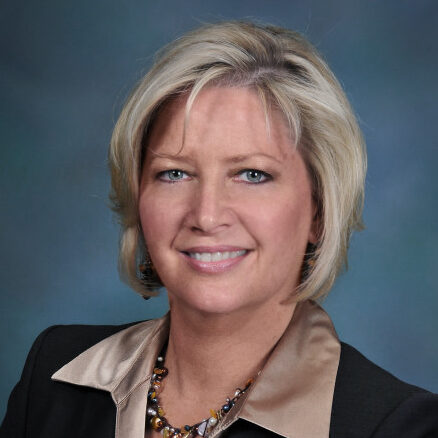
Michele Szczypka
February 29, 2024
Co-written with Lemar Thomas, Consultant.
Inclusive branding is crucial in today’s diverse marketplace. As the buying power of BIPOC (Black, Indigenous, and People of Color) consumers continues to grow rapidly, it’s imperative to effectively reach and resonate with these diverse audiences. Consider these various tactics as part of your strategy, with examples from some of the world’s biggest brands:
Research and Understand Your Audiences. Invest time in understanding the needs, preferences, and behaviors of your diverse audiences. Conduct research to gather insights into their pain points, desires, and perceptions of your brand. Learn how they consume and share information, such as what channels, platforms, and formats they prefer.
In its award-winning campaign from 2021, P&G related to the societal issues its consumers face and tackled racism in a multi-channel approach, including its own My Black is Beautiful platform.
Develop Marketing Personas. Use the insights gained from your research to create detailed marketing personas that represent your diverse audience segments. These personas will guide your brand messaging and help you speak the right language to reach your intended audience.
Position Your Brand Around Audience Needs. Focus on addressing the specific needs and aspirations of your diverse audiences, rather than highlighting their diversity. Avoid stereotypes and instead emphasize how your brand can solve their problems or fulfill their desires.
For example, in Dove’s latest campaign, they employed a multi-channel approach to spotlight girls’ perceptions of body image. Surprisingly, half of teenage girls drop out of sports due to poor body image. By partnering with Nike, Dove aims to tackle this issue among their shared audiences, positioning themselves as leaders in empowering coaches to better support and advocate for young athletes.
Adapt Brand Elements. Tailor your brand elements, such as color palettes, language, and visuals, to resonate with your diverse audiences. Consider working with graphic designers to create color schemes that appeal to different age groups or cultural backgrounds. Avoid cultural appropriations and generalizations.
See how Haagen Dazs used color as they market to millennials to capture a new generation of consumers.
Collaborate with Organizations and Influencers that Value Diversity. Co-create brand stories that authentically represent the experiences and perspectives of your diverse audiences. Leverage storytelling to connect with your audience on an emotional level and showcase the inclusivity of your brand.
Netflix embraced this strategy by collaborating with The Latinx House, the Sundance Institute’s Women at Sundance program, and Shondaland for Latina and non-binary Latinx directors seeking invaluable experience opportunities in the entertainment industry to create The Adelante Directors Fellowship. This year-long program supported selected directors’ professional development and helped to create a pipeline to support independent filmmakers.
Measure Effectiveness. Continuously monitor the effectiveness of your branding efforts by collecting feedback from your diverse audiences and analyzing performance metrics across various channels. Use this data to refine your strategies and ensure your brand resonates with all stakeholders.
As marketers, our job is to embrace inclusive branding practices and commit to creating brands that authentically represent and resonate with diverse audiences. By following these steps, we can build stronger connections with our customers and stakeholders, ultimately driving success and growth for our brands.
Ready to up your brand strategy? Contact us.